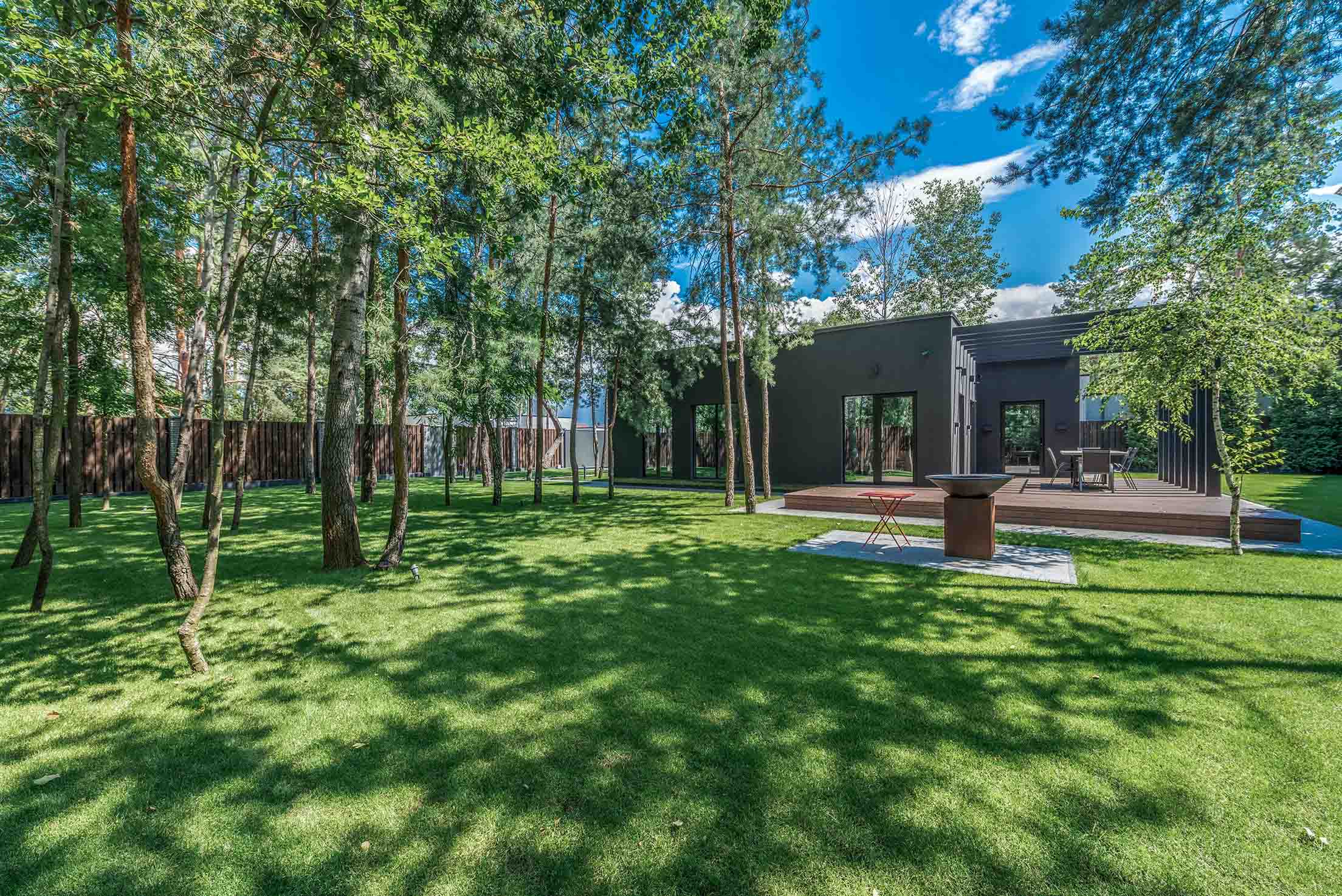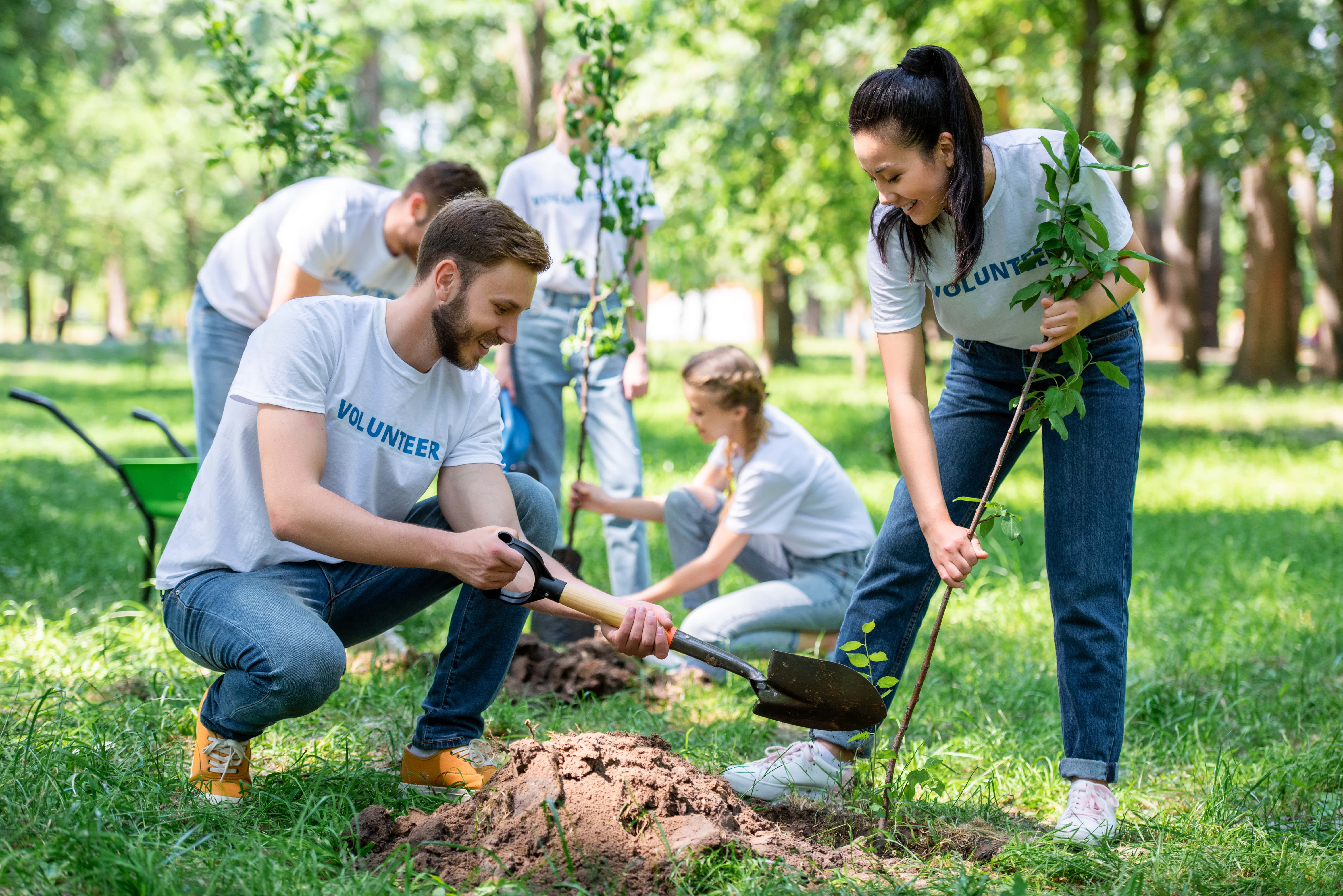

When it comes to maintaining trees in the greater Atlanta area, homeowners and property managers often face the decision of whether to opt for tree removal or tree care. Understanding the difference between these options is crucial for promoting urban tree sustainability, supporting trees and climate change mitigation, and maximizing the benefits of urban trees.
This guide, tailored for Jarvis Tree Experts’ clients, explains when to choose tree care versus removal and how each impacts your property and the environment.
Tree removal involves completely cutting down and removing a tree from a property. This is a permanent solution often considered when a tree poses risks or is no longer viable. Situations that may require removal include:
Impact on Urban Tree Sustainability: Removing a tree reduces the benefits of urban trees, such as shade, air purification, and carbon sequestration, which are critical for combating trees and climate change.
Jarvis Tree Experts ensures removal is conducted safely and responsibly, with stump grinding and debris cleanup to minimize environmental impact.
Tree care encompasses a range of services aimed at preserving and enhancing a tree’s health, longevity, and aesthetic value. Certified arborists at Jarvis Tree Experts offer services like:
Impact on Urban Tree Sustainability: Proper tree care enhances the benefits of urban trees, including cooling urban heat islands, reducing stormwater runoff, and sequestering carbon to address trees and climate change. Healthy trees also increase property value and improve community aesthetics.
Choosing between tree removal and tree care requires careful evaluation. Here’s how to know the difference:
Working with a certified arborist, like those at Jarvis Tree Experts, ensures informed decisions. Arborists:
Trees play a vital role in addressing trees and climate change by sequestering carbon, improving air quality, and mitigating urban heat. The benefits of urban trees extend to mental health, biodiversity, and property value.
Jarvis Tree Experts prioritizes tree care to preserve these advantages but recommends removal when safety or practicality demands it. After removal, they can assist with replanting to ensure long-term urban tree sustainability.
Deciding between tree removal and tree care depends on the tree’s health, safety risks, and your goals for your property and the environment. By choosing tree care when possible, you maximize the benefits of urban trees and contribute to urban tree sustainability and trees and climate change efforts.
When removal is necessary, Jarvis Tree Experts, serving the greater Atlanta area, ensures the process is safe, efficient, and followed by sustainable replanting options. Contact a certified arborist to assess your trees and make the best choice for your property and community.